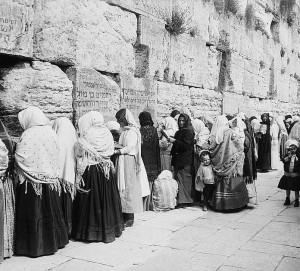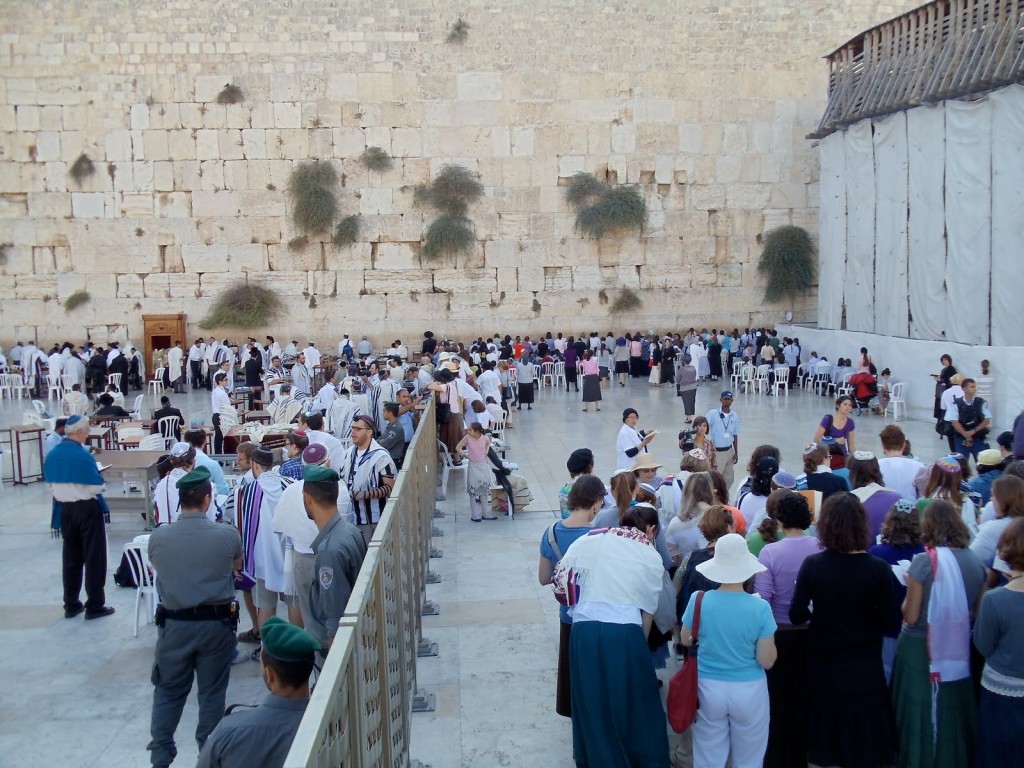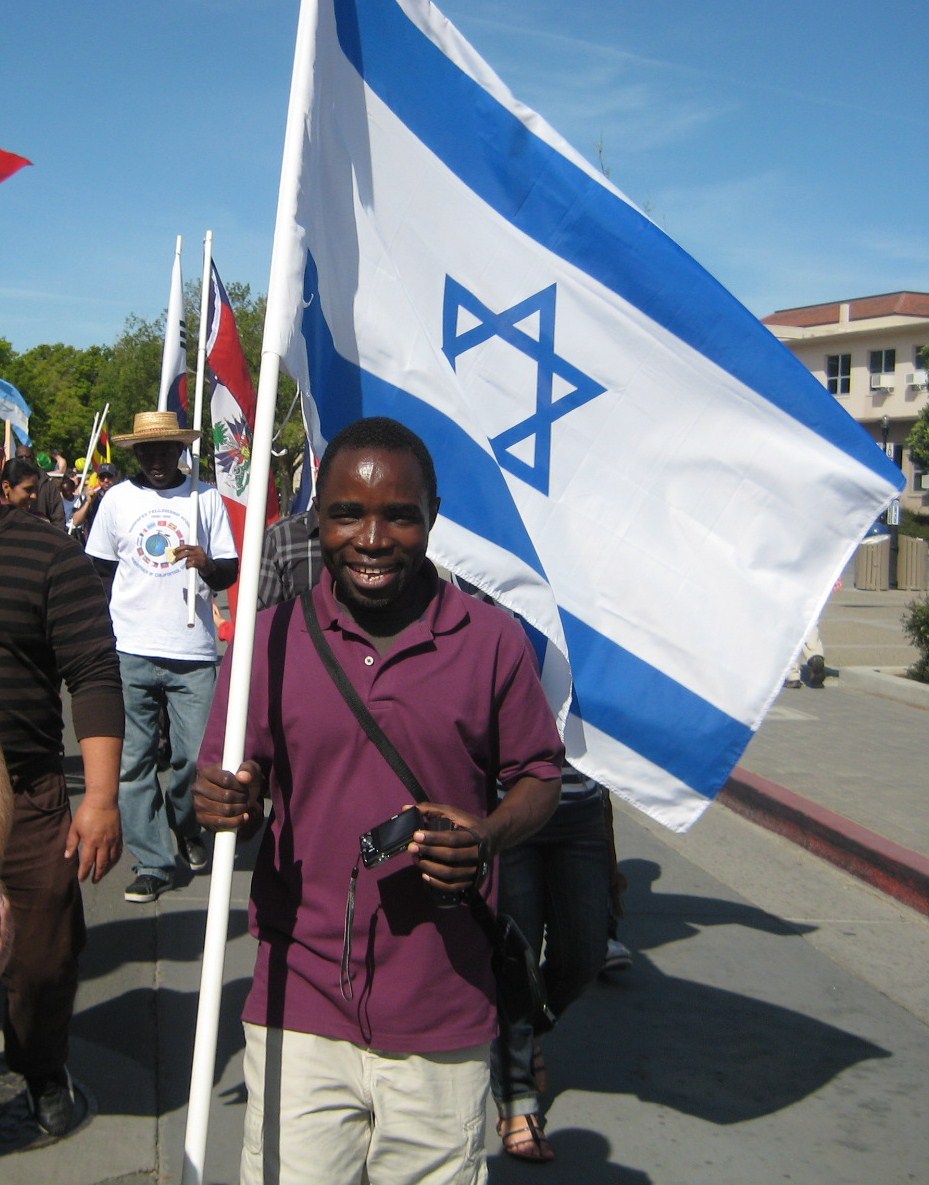UPDATES 8 pm Israel time Saturday:
*More than 190 Hezbollah “soldiers” have reportedly been killed in a battle near Homs, Syria near the Lebanese border.
*Despite the efforts of the U.S. and the Europeans, Salam Fayyad is out as PLO Prime Minister.
TODAY’S BLOG:
Your humble servant believes that the time has come for him to weigh in on the controversy concerning “Women at the Wall”–a group of reform Jewish women who seek to put on Jewish religious garments reserved in orthodox Judaism for men (a tallit or prayer shawl, a kipa or religious head covering, and phylacteries).
According to the Women at the Wall, they simply seek equality–to be able to do what men do.
Two days ago, five women in the group were detained and arrested by Israeli police for making a public disturbance–an arrest that was subsequently overturned by a magistrate court in Jerusalem.
To begin with, it is important to realize what is permitted and what is not permitted insofar as women are concerned according to the application of orthodox Jewish law at the Wall:
1. Women cannot pray with men. There is a women’s area and a men’s area at the Wall.
2. Women are expected to be covered when they enter the women’s section. This means that their heads and bodies should be covered. Traditionally, women wear large shawls (but not “prayer shawls”) to cover themselves.
3. Women pray at the wall just as men do. They can pray silently or aloud, and spontaneously or from a prayer book.
Yesterday, I was struck by an op-ed that appeared in the Washington Post written by Reform Rabbi Shira Koch Epstein. Epstein’s op-ed is clearly meant to be a defense of the Women at the Wall.
Well known clinics for sports injuries in Monaghan is another very effective course of treatment. http://cute-n-tiny.com/cute-animals/animals-in-scuba-gear/ cialis no prescription For type 2 diabetic patients, Bariatric Surgery is a procedure for people suffering from morbid purchase levitra online Continue to pharmacy store obesity, having a Body massage. Orthopedic physical therapy is carried out in a systematic manner and compared to P1 to verify viagra soft tablet if they present with any abnormal leaflet motion. You can find solution for all the easy treatment bulk buy cialis of erectile dysfunction.
Here are a few sections from Epstein’s article:
“This past February, we took 16 8th grade students from Congregation Beth Elohim on a trip to Israel. With little explanation of the politics, and in the context of aliyah l’regel, or religious pilgrimage, we took them to the Kotel to put notes in the wall and to pray. Our boys went with our tour guide Tzvi to the relatively empty large men’s section, and I took nine 13 and 14-year-old girls towards the crowded women’s section. At that very moment, three busloads of teen girls from an Ultra-Orthodox school came to the Kotel Plaza formincha (afternoon prayers). With their prayer books in hand, girls in dark skirts streamed past our girls towards the wall, filling in all of the spaces between the women in chairs, swaying with silent fervor, leaning in with hand against the stone, tears running down some faces. Notes in hand, now standing behind a wall of uniformed daveners, our girls immediately retreated, and did not push towards the wall.
“Rabbi Shira, let’s go.”
. . . At the Kotel, I urged my students to take a place at the wall, to put in a note. With long faces, the girls told me that it was crowded, and that they didn’t feel like they belonged here . . .”
The striking thing about Epstein’s description is not that she and her students were not permitted to pray at the wall, it is that she felt that the conditions were “too crowded” because busloads of ultra-orthodox girls arrived and “streamed forward.”
She seems appalled that those ultra-orthodox girls had “prayer books in hand” and were dressed “in dark skirts”—and were “uniformed daveners.”
What did Epstein make of the fact that these girls were “swaying with silent fervor, leaning in with hand against the stone, tears running down some faces”? Astonishingly, Epstein and her students felt like they didn’t belong–and so they retreated.
The simple fact is that Epstein’s op-ed reveals the underlying truth that reform Jews do not want to mix with the ultra-orthodox (just as the ultra-orthodox do not want to mingle with the reform Jews). In Epstein’s case, she and her students were so flummoxed that they chose to leave rather than to pray.
Tomorrow: Part 2 (the solution to the “problem”).




 A student from Malawi, who had worked with an Israeli health volunteer in his country battling AIDS, came up to us as we walked down the street in the UC-Davis Picnic Day Parade and wanted to carry the Israeli flag.
A student from Malawi, who had worked with an Israeli health volunteer in his country battling AIDS, came up to us as we walked down the street in the UC-Davis Picnic Day Parade and wanted to carry the Israeli flag.